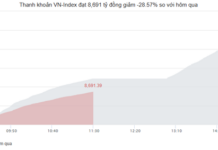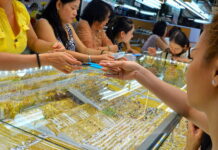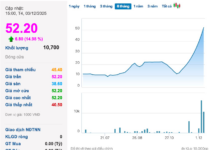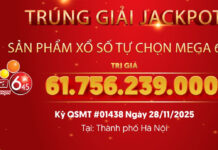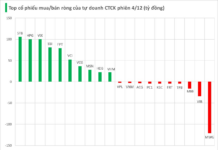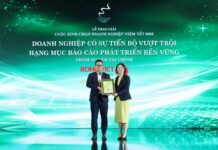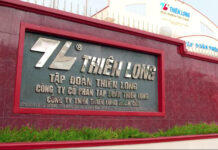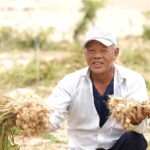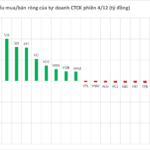For generations, Vietnamese families have cherished a household staple from the 80s and 90s: Cao Sao Vàng. This iconic balm was a go-to remedy for various ailments, from headaches and runny noses to motion sickness and insect bites. Affectionately dubbed “dầu cù là” by locals, it held a special place in every family’s medicine cabinet.
Before becoming a household name, Cao Sao Vàng was the trusted companion of travelers, workers, and students venturing abroad.
Housed in a small, round aluminum tin adorned with a golden star and a red backdrop, this unassuming container has been a market powerhouse for over 50 years, generating over 2 million USD for Vietnam in the 1980s.
The Creator of a National Treasure
Despite its widespread use, few know the story of its creator. According to Nghệ An newspaper, the mastermind behind this “miracle balm” is Physician Phó Đức Thành, a prominent figure in Vinh City during the early 20th century.
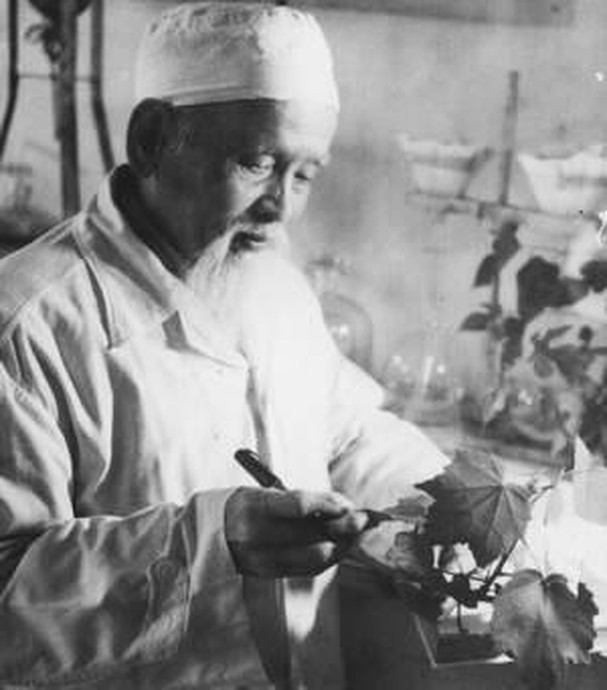
Physician Phó Đức Thành, the visionary behind Vietnam’s legendary Cao Sao Vàng
Physician Phó Đức Thành, born Duy Khẩn in 1880 in Ninh Bình with roots in Hưng Yên, hailed from a lineage of traditional medicine practitioners. His journey began as a clerk in Đà Nẵng, later moving to Huế to work and start a small business with his wife.
In 1926, he relocated to Vinh to support his cousin Phó Đức Chu by establishing the Vĩnh Hưng Tường traditional medicine pharmacy. Facing fierce competition from Chinese merchants in Hanoi’s Phúc Kiến Street (later Lãn Ông Street), Thành strategically chose Central Vietnam, where Chinese herbal medicine had less dominance.
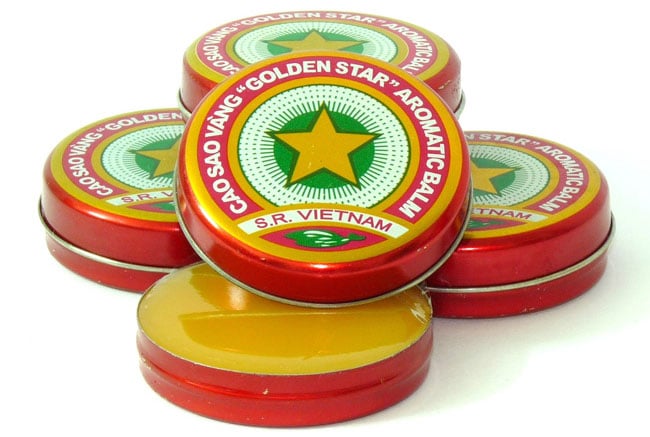
Guided by the principle “buy wholesale, sell retail,” Thành directly imported herbal medicines from Hong Kong, processed them in Hải Phòng, and distributed them nationwide. His unwavering integrity and commitment to quality earned him a stellar reputation.
Beyond his business acumen, Thành was a dedicated physician. Recognized by Dr. Nguyễn Xuân Hưởng, Chairman of the Vietnam Oriental Medicine Association, as a “patriotic intellectual and 20th-century master physician,” he passionately researched and developed herbal remedies. His crowning achievement was the “Vạn Ứng” balm, later known as Cao Sao Vàng.
From Local Remedy to Global Sensation
Alongside iconic brands like Thống Nhất matches, Thượng Đình shoes, and Rạng Đông thermoses, Cao Sao Vàng became a symbol of Vietnamese heritage in the 1960s-70s. For many foreigners, it remains a quintessential Vietnamese brand.
Since 1975, Vietnam has exported Cao Sao Vàng to the Soviet Union. To meet demand, five pharmaceutical factories produced the balm, with one Đà Nẵng factory manufacturing a record 20 million tins in 1983. Its formula includes camphor, beeswax, and essential oils like peppermint, cinnamon, cajeput, and patchouli.
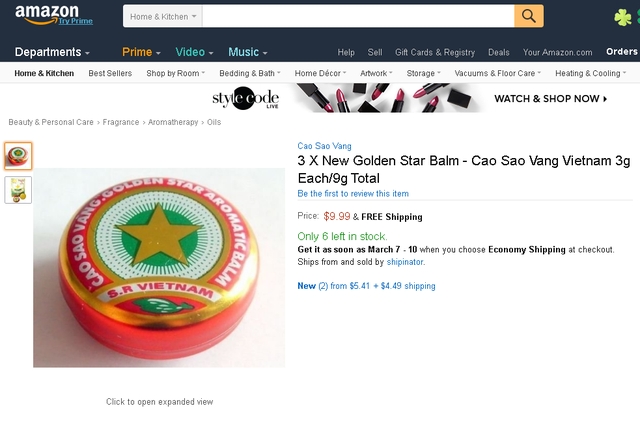
Cao Sao Vàng gains international acclaim on Amazon and global marketplaces
Though its domestic popularity has waned, Cao Sao Vàng has recently surged in international markets. On platforms like eBay and Amazon, it sells for up to 30 times its Vietnamese price, earning rave reviews worldwide.
Today’s Cao Sao Vàng contains camphor, beeswax, and Vietnamese essential oils. It effectively treats colds, headaches, nausea, stomachaches, motion sickness, and insect bites, suitable for both adults and children.
Accompanying Farmers, Nam Ngu Promotes Ly Son’s Renowned Garlic
“Masan Consumer, the company behind the Nam Ngu brand, has embarked on a journey to promote Ly Son garlic and support the local economy in Quang Ngai province. In collaboration with government agencies and local farmers, the company aims to develop the region’s economy and preserve its renowned specialty. This partnership showcases Masan Consumer’s commitment to not only creating high-quality products but also to uplifting and celebrating local communities and their unique offerings.”

